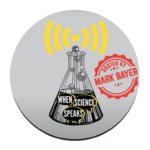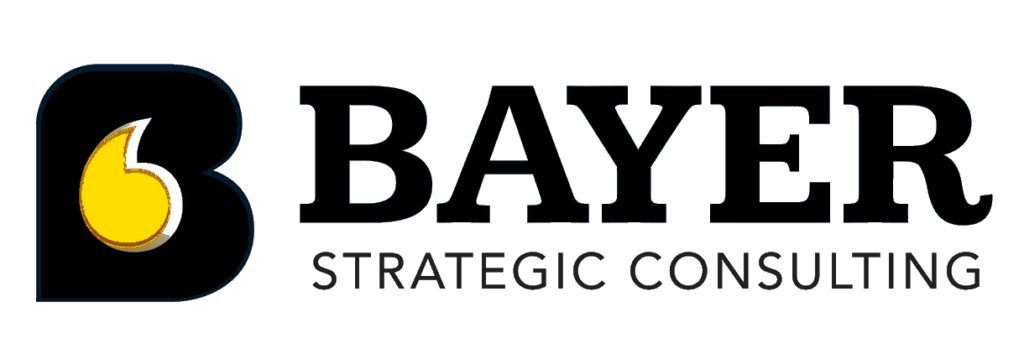Scientists in the World of Policymaking with Mike Stebbins, PhD – Ep #74
Scientists and policy makers have a couple of things in common: they dedicate themselves to a cause larger than themselves. Getting results that positively impacts other people or a certain issue is what drives these special people to overcome every rejection and test failures that they come across with. Policy-making isn’t the easiest field to enter into but for Mike Stebbins, PhD, it’s an incredibly challenging yet very fulfilling thing to be a part of.
Mike Stebbins is the President of Science Advisors, a science and health consulting firm that he founded in 2018 to provide science, technology, and public policy guidance to private companies, philanthropies, and non-profit organizations. He is currently serving on the board of a number of corporations and non-profit organizations including the National Academy of Sciences board on research, data, and information. Mike was previously vice president of science and technology for the Laura and John Arnold Foundation who is responsible for identifying and pursuing opportunities for philanthropic investment in science and technology. Prior to this, he served as the assistant directors for Biotechnology in the Obama White House Office of Science and Technology Policy for seven years where he helped develop eight executive orders and other directives addressing issues ranging from the antibiotic resistance crisis to restoring pollinator health. He was also a former director of biology policy for the Federation of American Scientists where he led its Bio-security project. His public policy experience also includes working as a legislative fellow for US Senator Harry Reid, and as a public fellow for the National Human Genome Research Institute. Prior to his arrival in Washington, Mike worked as the senior editor at Nature Genetics.
Mike earned his Ph.D. in genetics while working at Cold Spring Harbor Laboratory. He earned his degree in BS Biology at SUNY Stony Brook.
What You’ll Hear On This Episode of When Science Speaks
How Mike Stebbins got involved in public policy and his advice for scientists who would also like to be involved in policy-making
Areas of science policy-making need skill strengthening and development
Why PhDs and Postdocs need to view the transition into public policy as a new discipline
Why persistence is a valuable asset in policy
Mike’s major lessons from his time at the White House
Employing the Tom Sawyer technique when driving people towards a goal
The similarities of scientists and policy-makers
How to get relationship-building right in the White House in order to get positive policy outcomes and how to make people passionate about executive actions
How scientists can get people to listen to their findings in the realm of policy-making
Mike’s example of how two factions with different opinions can work together
Connect with Mike Stebbins
Scientists in the world of policy-making
Public policy is a tedious field of challenges where your rejections and failures become an essential part of getting the policies that you want to get implemented to function the way that you have envisioned in your mind. And the reason why a lot of scientists are coming into policy-making is because of the similarities between doing work in the laboratory and in drafting policy. The desire to get solutions for problems that once resolved could potentially make things better for everyone is the driving force for many of these special people to do their job and to do it extremely well.
Mike Stebbins is a renowned geneticist who got involved in policy-making through his work in the White House and his legislative fellowship under US Senator Harry Reid, and as a public fellow for the National Human Genome Research Institute. His top notch advice for scientists who are rearing to enter the hectic and challenging world of policy-making is to view the field with a different perspective. It’s an entirely new field that relies heavily on building relations in order to get things done and knowing how to make different people come together towards a common cause is critical to the success of a certain policy.
The value of bringing different people together in policy-making
Mike Stebbins shares his first-hand experience in seeing how policy-making works through his experience working in the field. He has seen how people come together to get to an agreement that can effectively resolve an issue that would become an executive order that gets results such as when he developed executive orders and directives that addressed issues ranging from antibiotic resistance to restoring pollinator health. The key to getting the results he needed to see? Relationship-building.
Getting people to become enthusiastic and passionate about the project that they are working on and getting them to share their expertise and skills to get to a point where all questions have been answered and resolved is crucial in policy-making. Banding people together for a cause greater than themselves and pushing aside other things that they may have invested in to get a policy off the ground is challenging and ultimately very rewarding. Policy-making is a selfless act bound by the desire to improve things and get things done.
Learn more about Mike Stebbins and what he has learned from his time as a policymaker on this week’s episode of When Science Speaks.
Connect With Mark and When Science Speaks
On Twitter: https://twitter.com/BayerStrategic
On Facebook: https://www.facebook.com/Bayer-Strategic-Consulting-206102993131329
On YouTube: http://bit.ly/BSConTV
On LinkedIn: https://www.linkedin.com/in/markdanielbayer/
On Instagram: https://www.instagram.com/bayerstrategic/
On Medium: https://medium.com/@markbayer17
Subscribe to When Science Speaks on Apple Podcasts or Stitcher
Bayer Strategic Consulting is a training and consulting firm that helps scientists and engineers effectively communicate the value of their work to their most important stakeholders using jargon-free and engaging language that gets results. Get a free consultation today to find out what they can do for you and your work.

